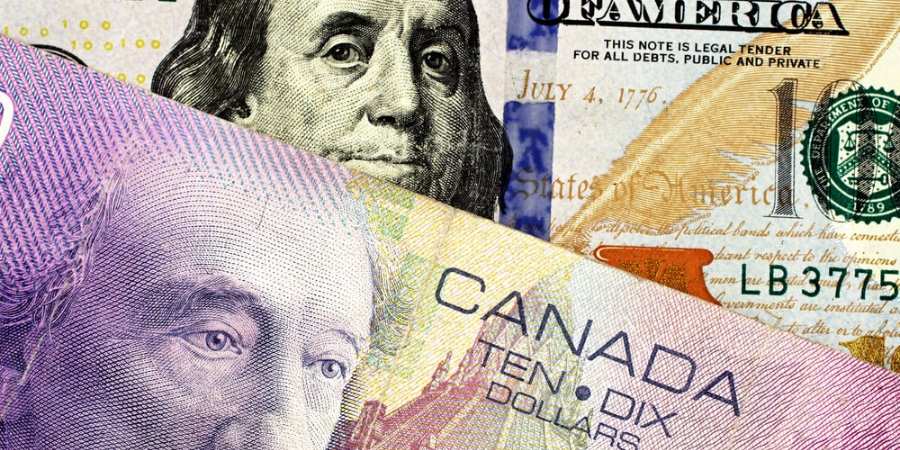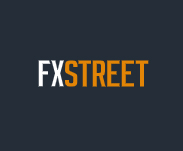USD/CAD remains under selling pressure below 1.3700, BoC held key rate steady

USD/CAD weakens to around 1.3675 in Thursday’s early Asian session.
US ISM Services PMI unexpectedly contracted last month for the first time in nearly a year.
The Bank of Canada held its key rate steady but said a future cut is possible.
The USD/CAD pair remains under selling pressure around 1.3675 during the early Asian session on Thursday. Weaker US economic data and mounting economic and political uncertainty weigh on the US Dollar (USD) broadly. Later on Thursday, the US Balance of Trade and the weekly Initial Jobless Claims will be released. Also, the Federal Reserve’s (Fed) Adriana Kugler and Patrick T. Harker are set to speak.
The business activity in the US service sector contracted in May, with the Institute for Supply Management's (ISM) Services Purchasing Managers Index (PMI) declining to 49.9 from 51.6 in April. This reading came in weaker than the market expectation of 52.0. Meanwhile, US ADP private sector employment rose 37,000 in May versus a 60,000 increase (revised from 62,000) recorded in April, missing the market expectation of 115,000 by a wide margin.
Wednesday’s US ISM Services PMI and ADP figures suggested an elevated level of anxiety around the US President Donald Trump administration’s frequently changing trade policy. This, in turn, might exert some selling pressure on the Greenback in the near term.
The Bank of Canada (BoC) decided to hold its key benchmark rate at 2.75% at its June meeting on Wednesday. The decision marked the second time in a row that the BoC has remained on the sidelines after an aggressive rate reduction by 225 basis points (bps) over nine months.
BoC Governor Tiff Macklem said that the trade conflict initiated by the US remains the biggest challenge in the Canadian economy, adding that another cut might be necessary if the economy is weakened in the face of tariffs. Economists expect two or three more rate cuts this year, and the final rate by the end of the year would likely end at around 2%, according to Reuters.
* The content presented above, whether from a third party or not, is considered as general advice only. This article should not be construed as containing investment advice, investment recommendations, an offer of or solicitation for any transactions in financial instruments.


